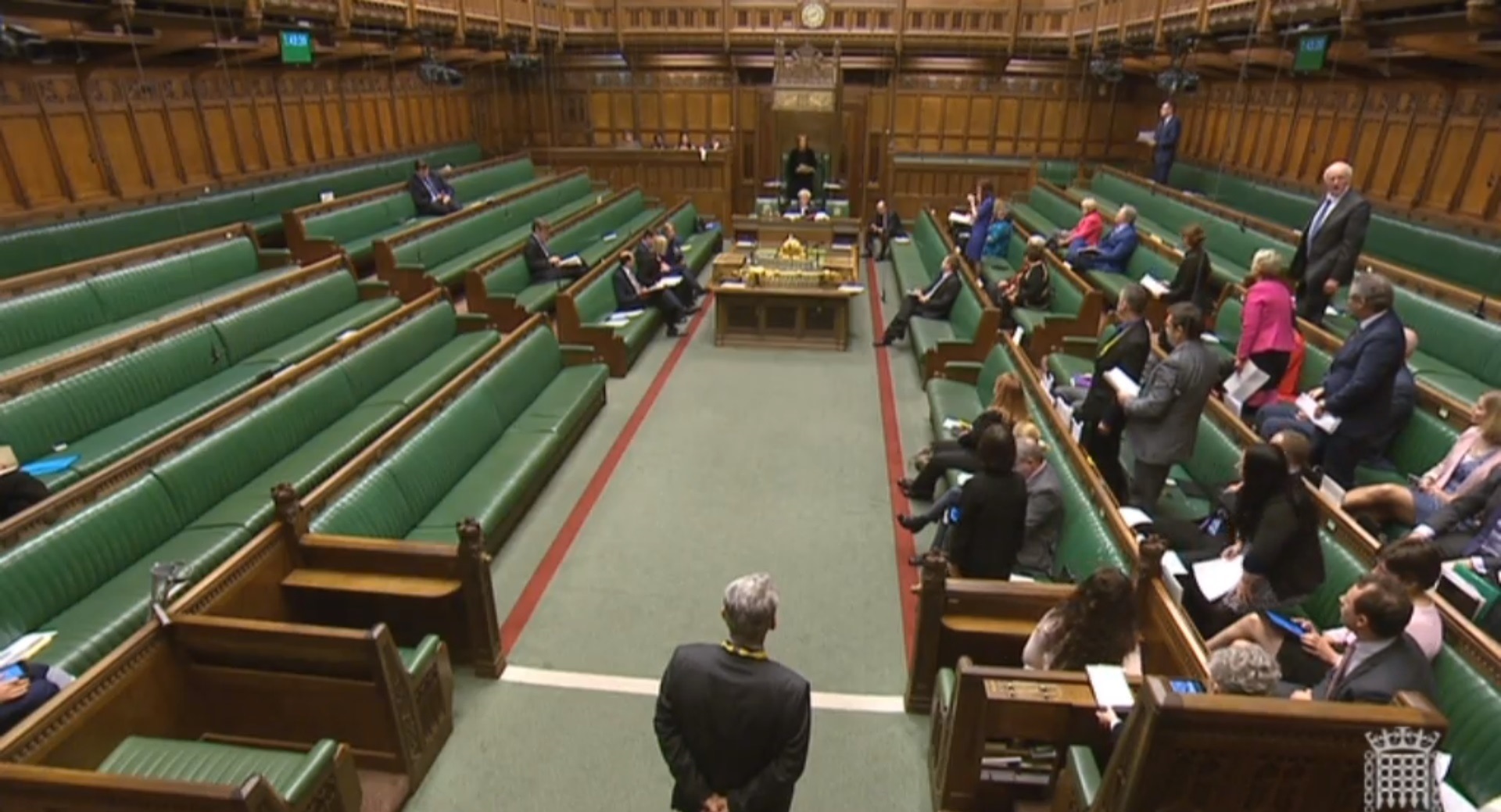
Campaigners lobbying on behalf of half a million women born in the 1950s are expected to hear within days if they have been given the green light to sue the Government.
They have already raised thousands of pounds via an online appeal to fund a barrister and top legal advice.
In 1995 the Conservative government decided to raise women’s retirement age from 60 to 65, bringing it into line with men by 2020.
Any woman born before 1950 still retired at 60 with those born afterwards seeing their retirement age gradually increase.
In 2011 the Chancellor raised the retirement age to 66 and accelerated the process of equalisation.
But the Government only wrote to people affected in 2012 and 2013 – leaving some only a few years to make alternative arrangements.
Read More
Government benches EMPTY for crucial vote of women’s pensions
Chris Shaw, of the pressure group Women Against Pension Inequality (Waspi), said: “We’d rather the Government acknowledge that women have a legitimate grievance and take swift and decisive action.
“We do not want to see this dragged through the courts but we will if we have to.”
Opposition politicians have called on ministers to help those hit by the changes.
However, three parliamentary debates on the issue have not persuaded the Government to change its position.
Now court action looks inevitable, with campaigners seizing on a ruling last month which ordered the Dutch government to pay a widow her pension at 65, even though the retirement age had been raised to 67.
Former cabinet minister Caroline Flint said: “Sometimes governments get it wrong and in these cases they should try to put things right. It is only fair that transitional provisions for these women are put in place so they do not have to turn to the courts.”
Another debate on the issue is scheduled for next month after a petition set up by Waspi attracted more than 100,000 signatures.
And the Government will come under more pressure tomorrow when pensions minister Baroness Ros Altmann appears in front of the work and pensions select committee.
A DWP spokeswoman said: “We had to make the decision to amend the timetable because of further sharp rises in life expectancy.
“However, when implementing this change we have been careful to ensure that no one would face more than an 18-month change to their state pension age compared to the previous timetable.”

Enjoy the convenience of having The Sunday Post delivered as a digital ePaper straight to your smartphone, tablet or computer.
Subscribe for only £5.49 a month and enjoy all the benefits of the printed paper as a digital replica.
Subscribe